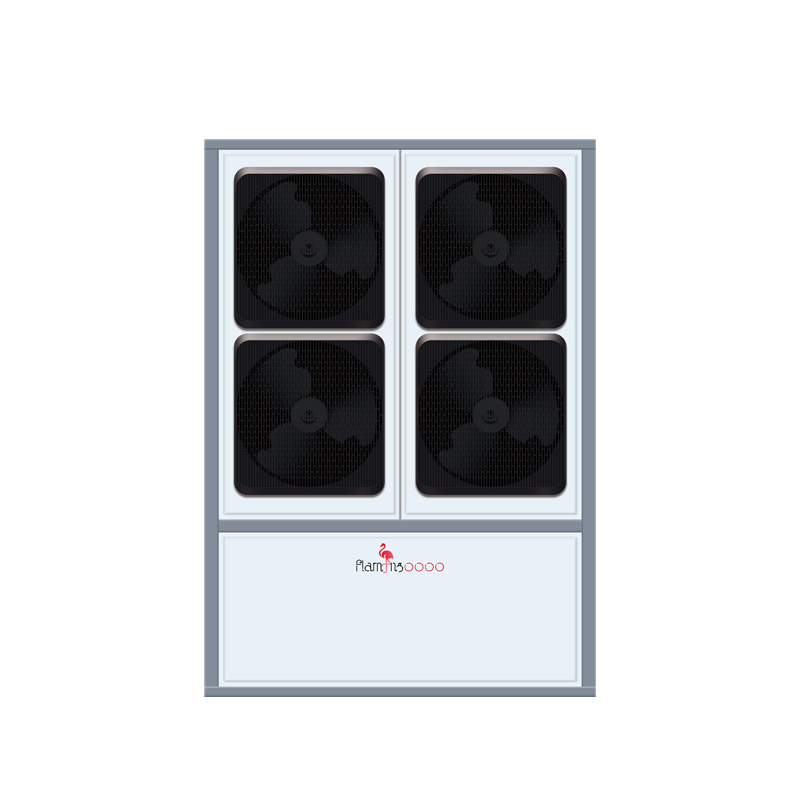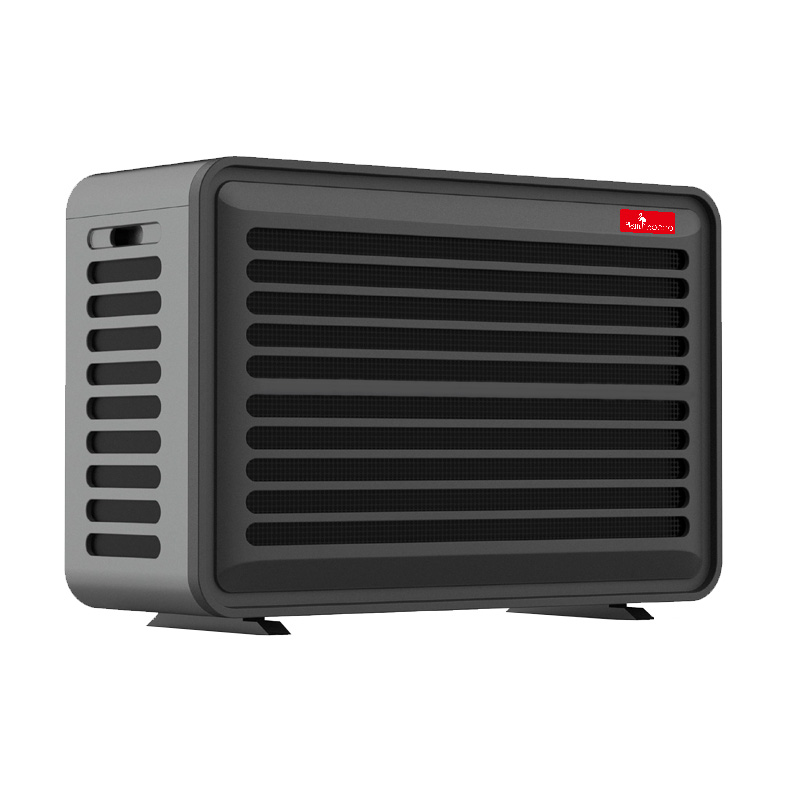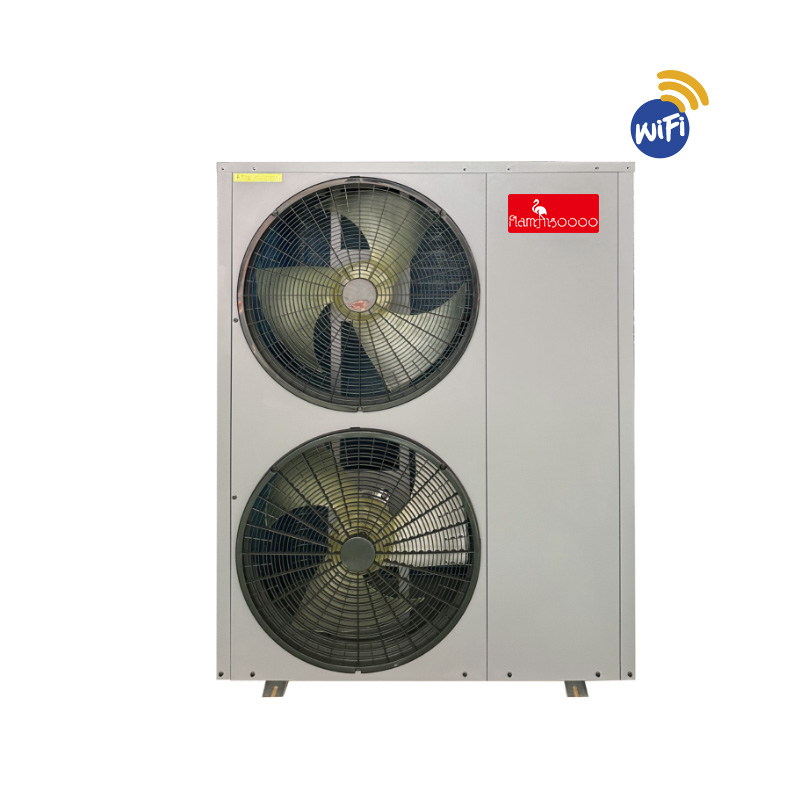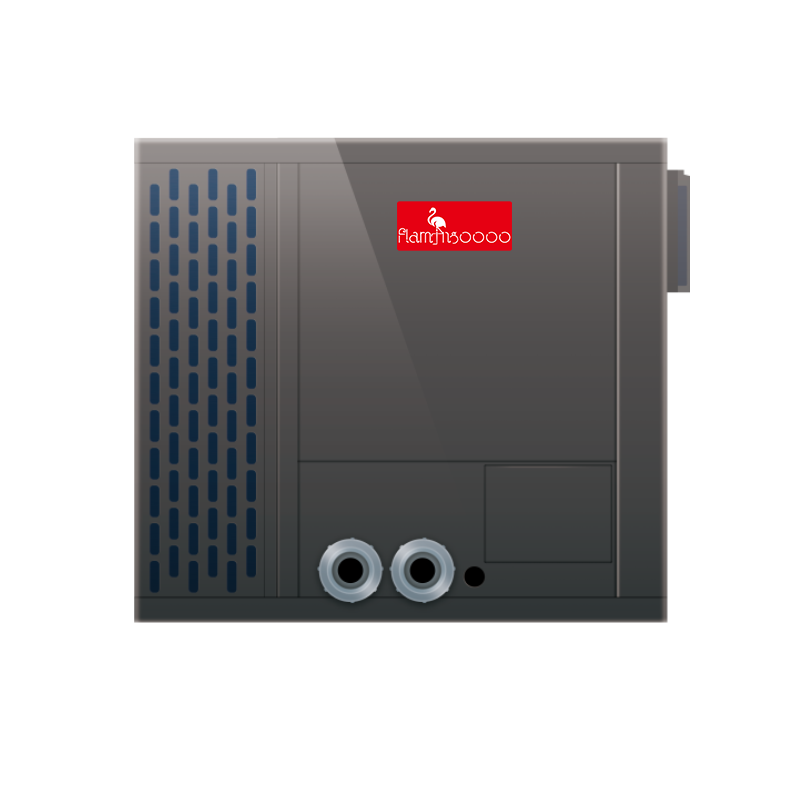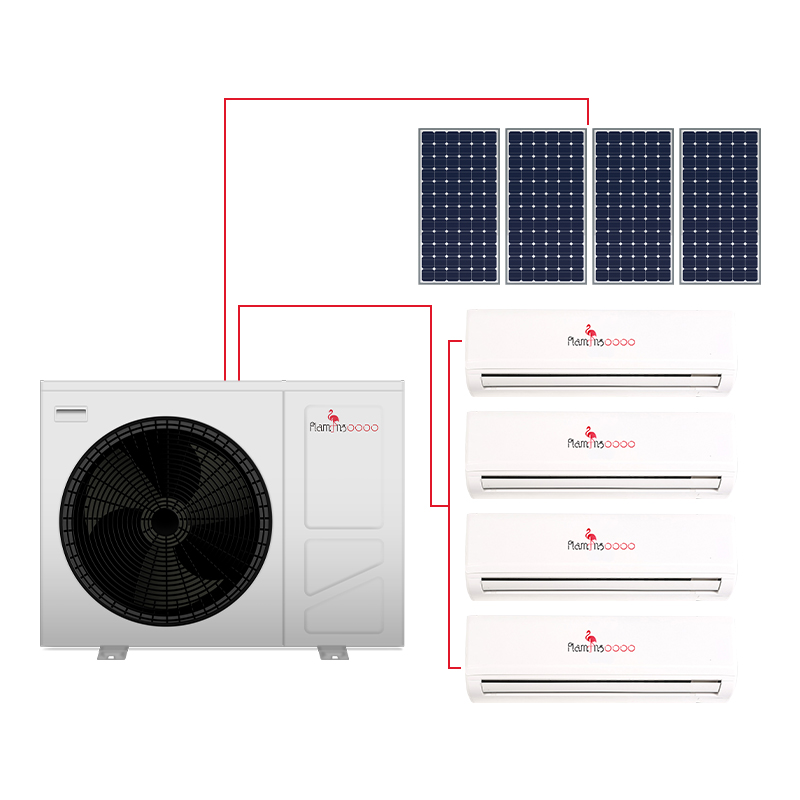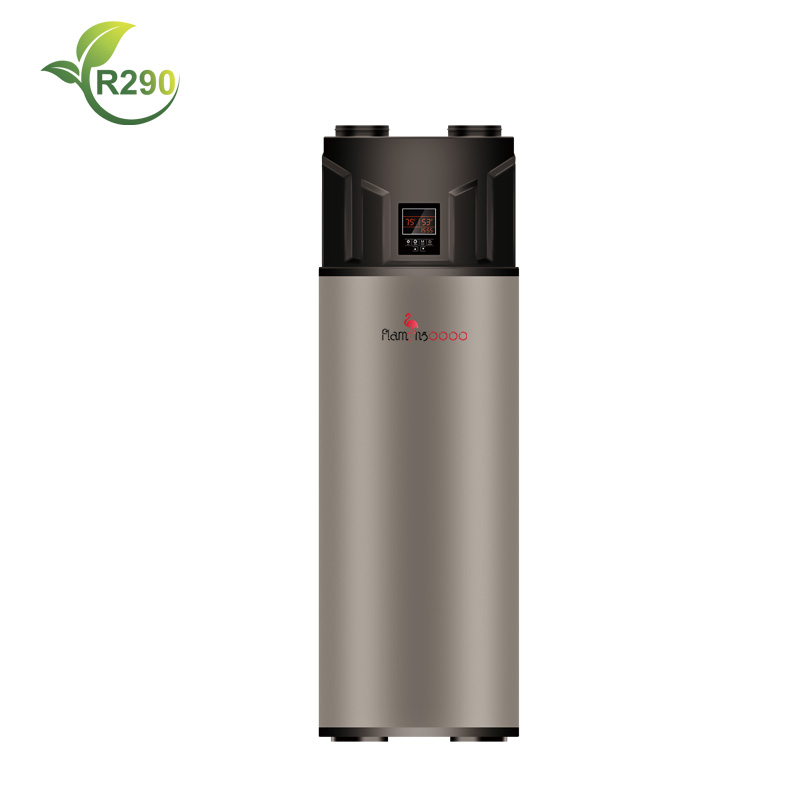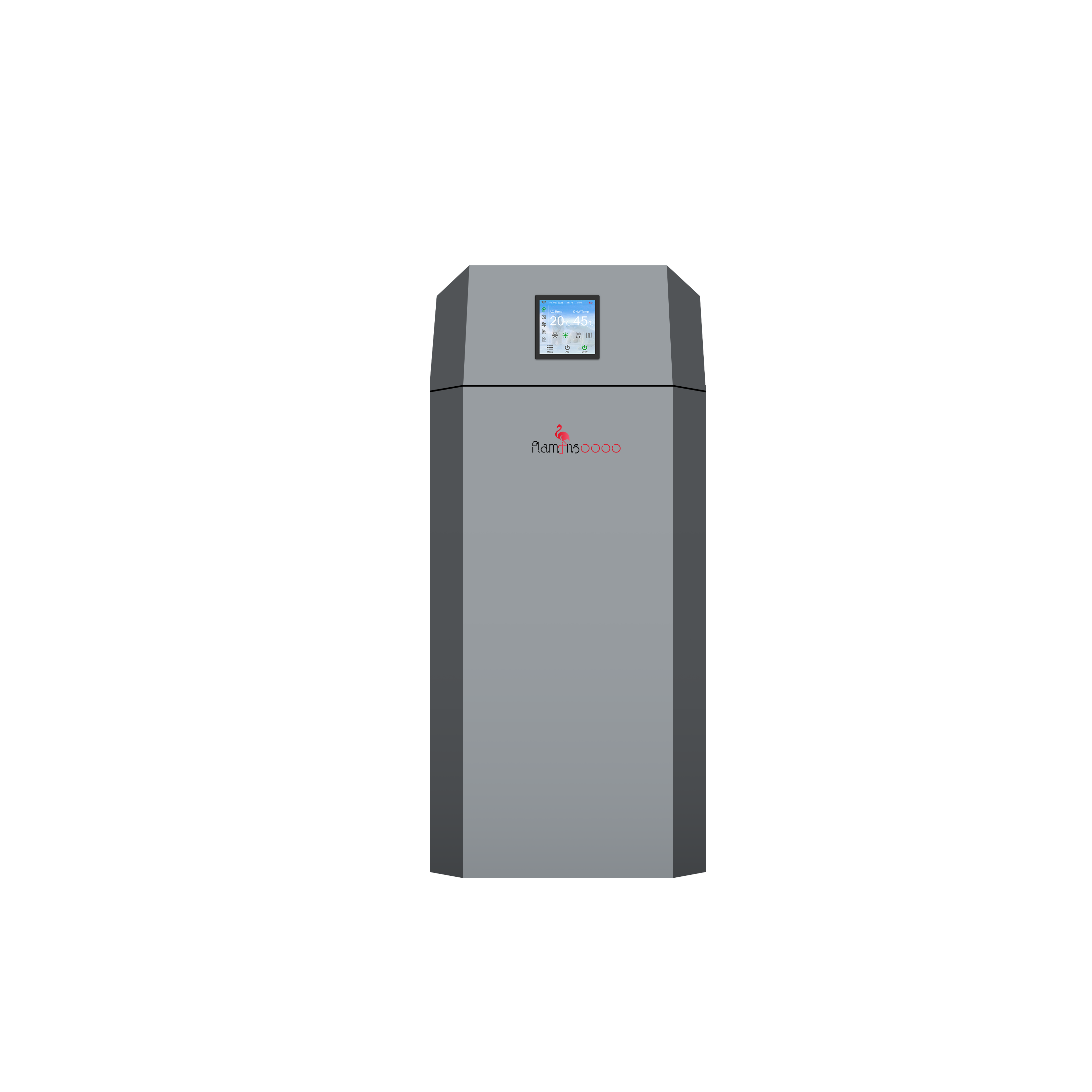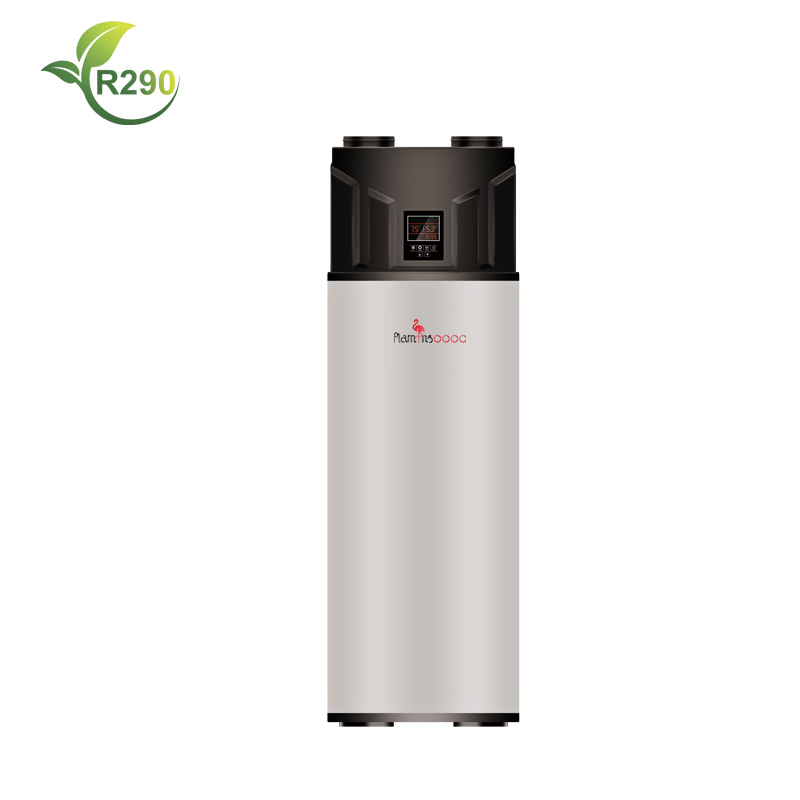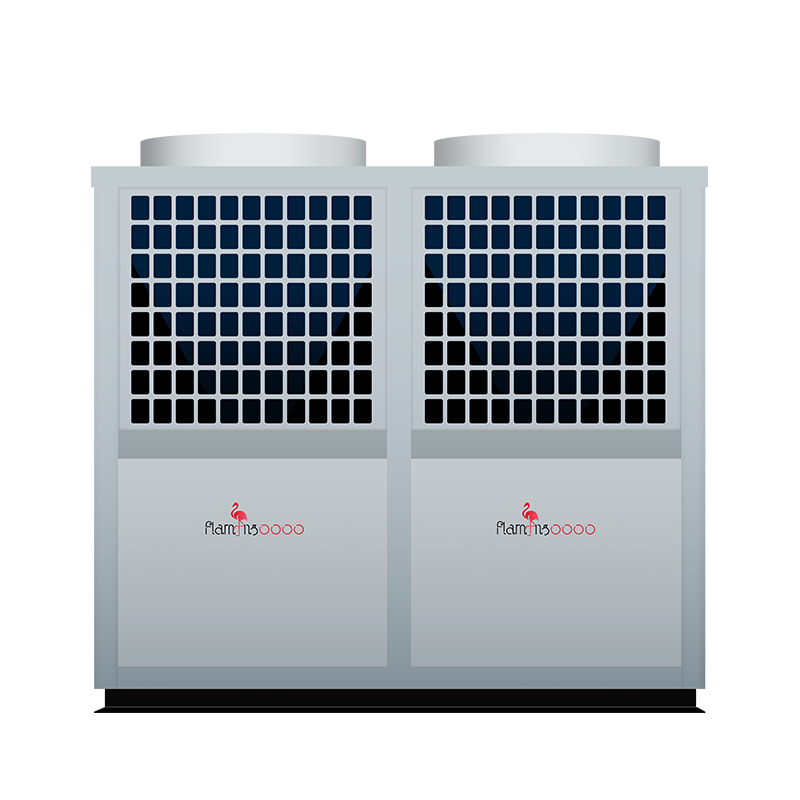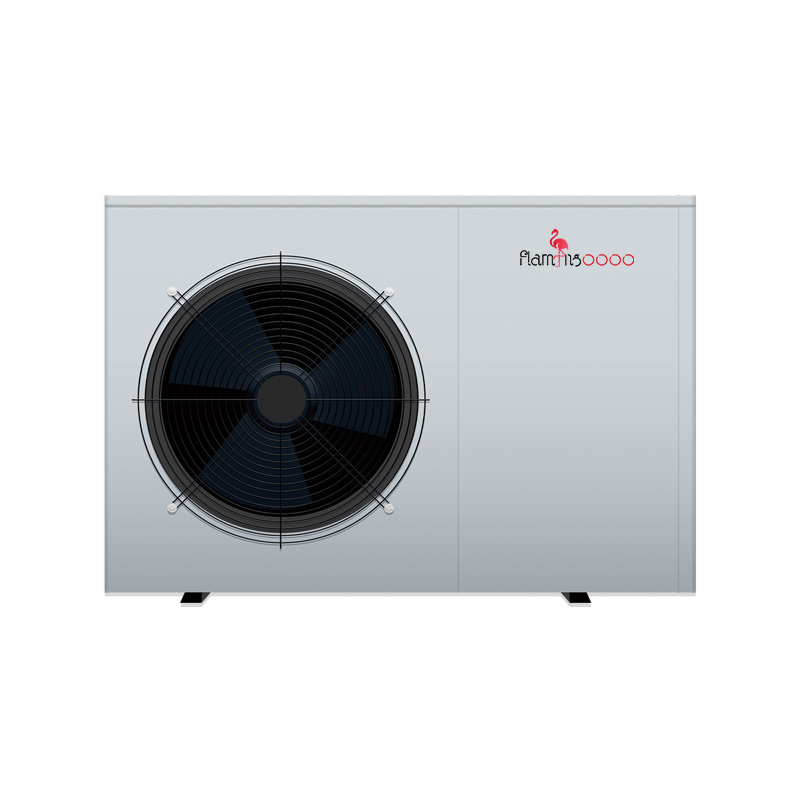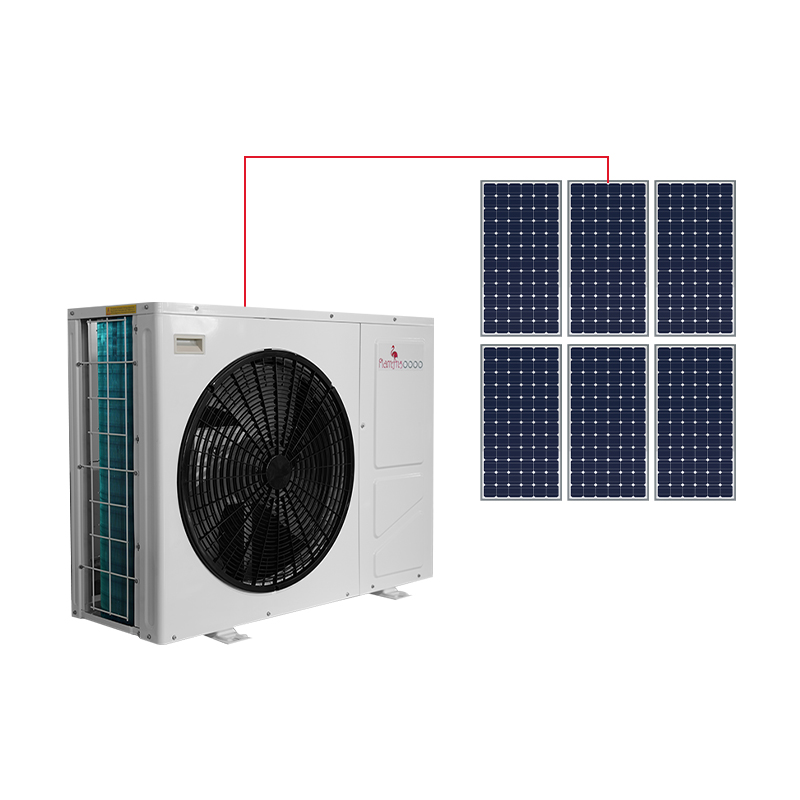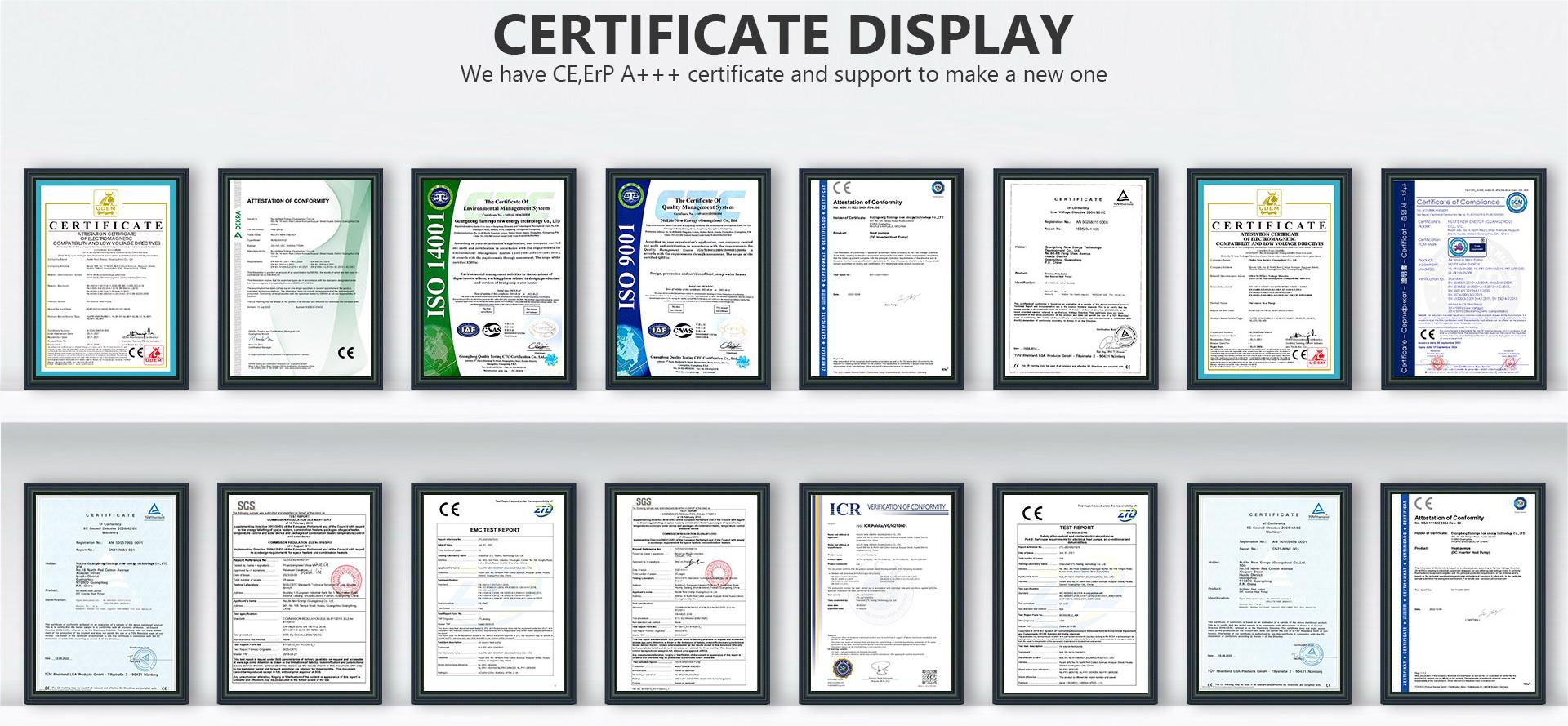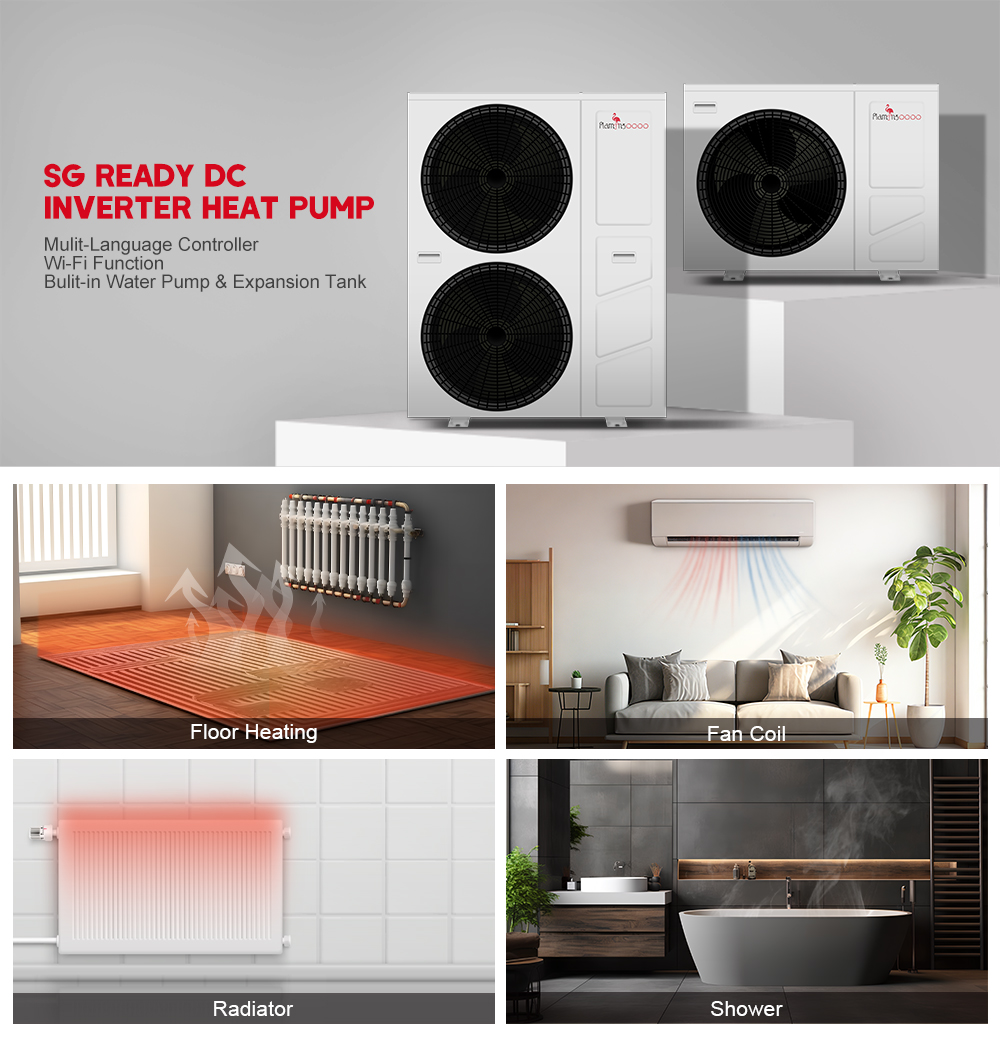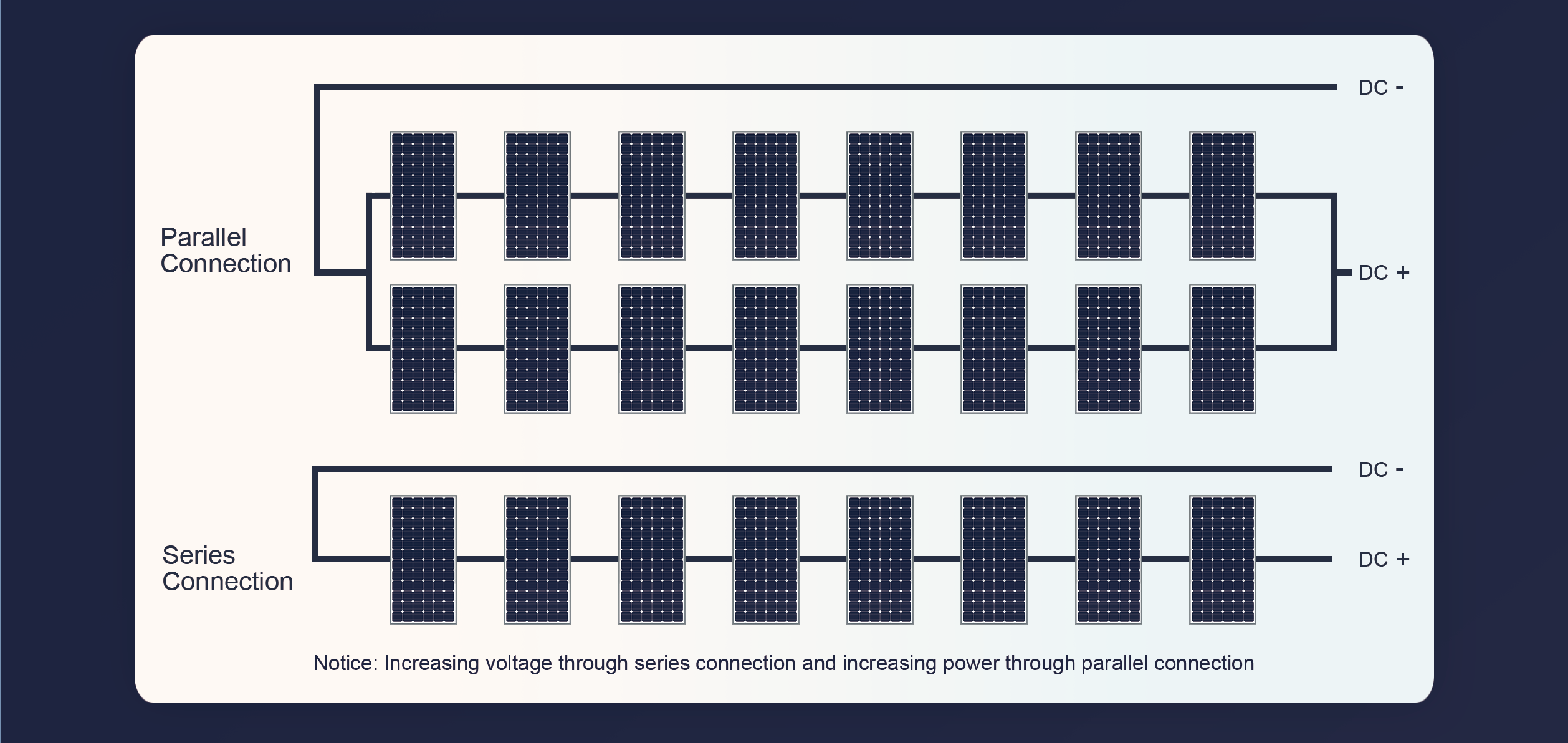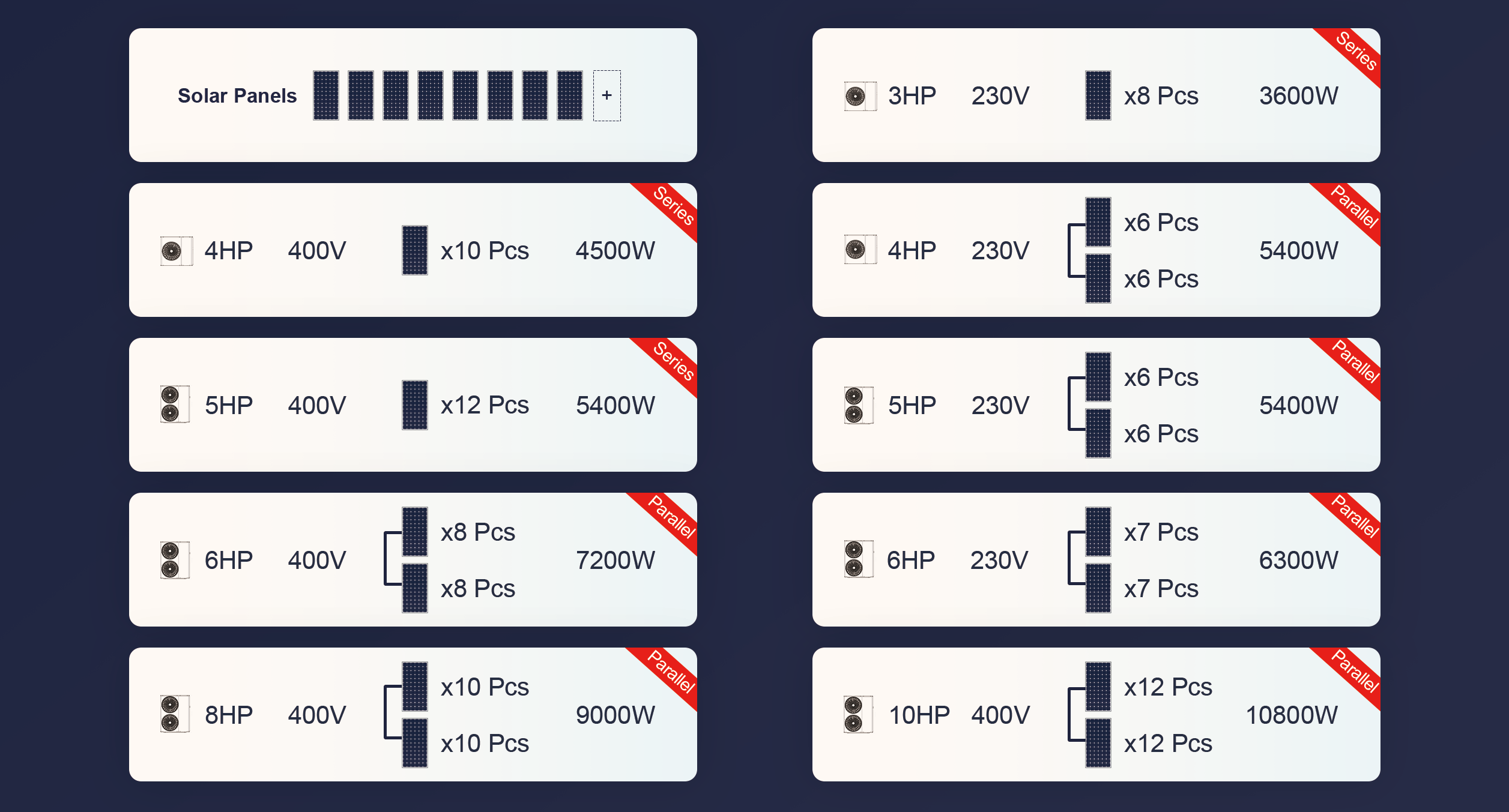English
Español
Nederlands
العربية
Pусский
Deutsch
日本語
Português
Français
Italiano
한국어
ภาษาไทย
Ελληνική γλώσσα
w języku polskim
Български
eesti
dansk
suomen
česky
în limba română
slovenski jezik
svenska
magyar
हिन्दी
Türk
tiếng việt
فارسی
עברית
slovenčina
Indonesia
Lietuvių
Latviešu
Melayu
Norsk
Українськи
اردو
hrvatski
বাংলা ভাষার
తెలుగు
தமிழ்
српски језик
Wikang Tagalog
Íslensku
Català
Монгол

-
Domov
-
Produkty
-
DC invertorové tepelné čerpadlo
-
Fotovoltaické tepelné čerpadlo
-
Tepelné čerpadlo zemný zdroj
-
Split invertorové tepelné čerpadlo
-
Bazénové tepelné čerpadlo
-
Chladič vody
-
Nádrž na vodu z nehrdzavejúcej ocele
-
Komerčný ohrievač vody s tepelným čerpadlom
-
Malé tepelné čerpadlo
-
Ohrievač vody všetko v jednom s tepelným čerpadlom
-
DC invertorové tepelné čerpadlo
- správy
- púzdro
- Factory Show
-
Kontaktuj nás
- O nás
